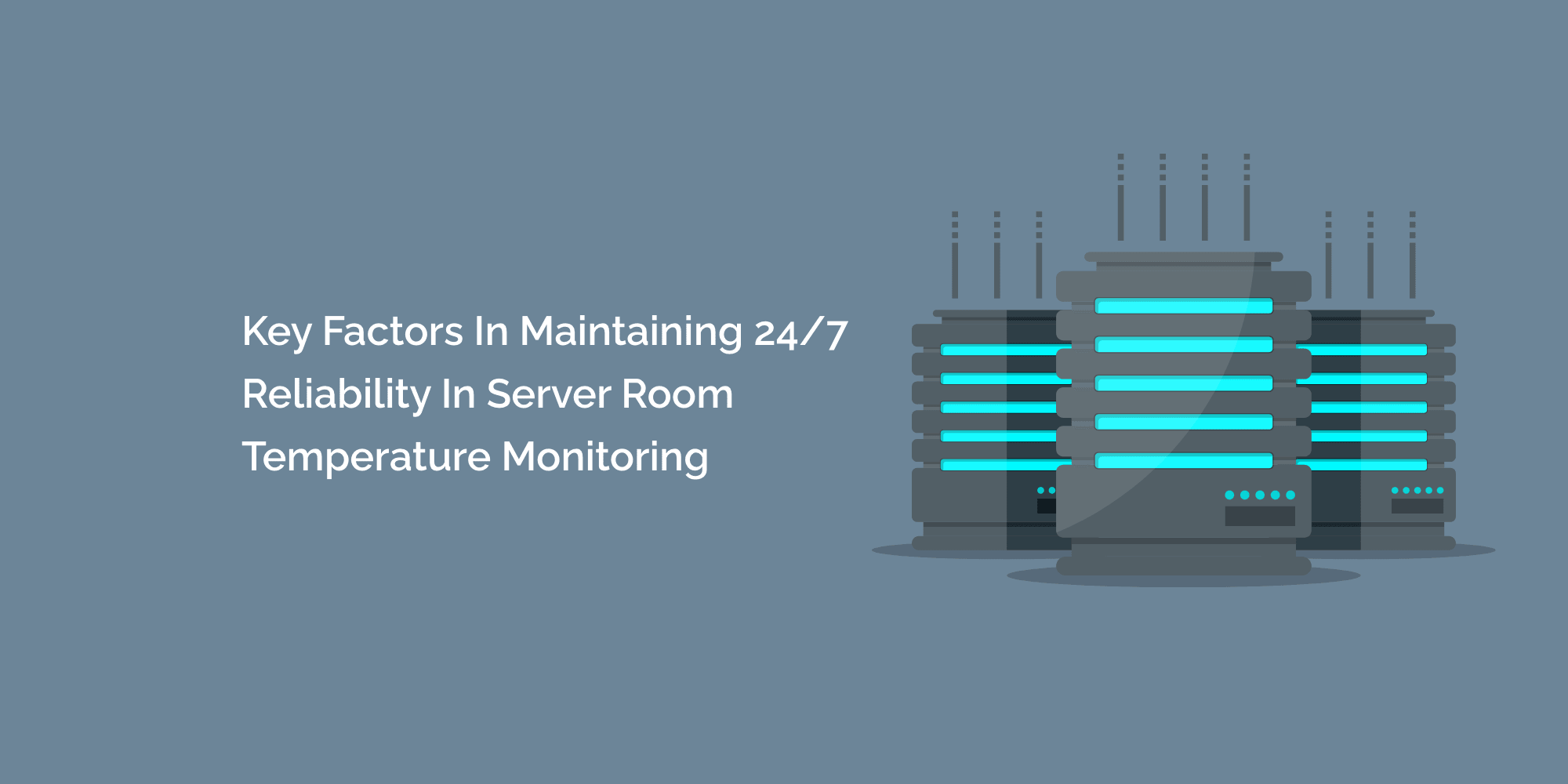In the fast-paced digital landscape, maintaining the reliability of server room temperature monitoring is crucial for the seamless operation of data centers. Fluctuations in temperature can have a significant impact on the performance and longevity of server equipment, leading to downtime and potential data loss. To ensure 24/7 reliability, data center managers must consider various key factors in their temperature monitoring strategies.
In this blog post, we will explore the essential elements that contribute to maintaining reliable server room temperature monitoring and how they can be effectively implemented.
Comprehensive Sensor Placement
One of the key factors in maintaining 24/7 reliability in server room temperature monitoring is the strategic placement of sensors. Data center managers should ensure comprehensive coverage by deploying an adequate number of temperature sensors throughout the server room. Placing sensors near critical equipment, hotspots, air intakes, and cooling outlets provides accurate and real-time temperature data. Furthermore, sensors should be positioned to account for potential airflow obstructions and variations, enabling the detection of temperature anomalies in all areas of the server room.
Redundant Monitoring Systems
Implementing redundant monitoring systems is vital to ensure continuous temperature monitoring and minimize the risk of failure. Dual monitoring systems, which consist of primary and backup systems, provide redundancy in case of any malfunction or system downtime. Redundancy can be achieved by utilizing multiple monitoring software platforms or combining different temperature monitoring technologies. Redundant systems ensure that temperature data is constantly collected, even in the event of hardware or software failures, allowing for swift detection and resolution of temperature issues.
Real-time Alerts and Notifications
Prompt detection of temperature anomalies is critical to maintaining 24/7 reliability in server room temperature monitoring. Setting up real-time alerts and notifications is a crucial factor in achieving this. Data center managers should establish temperature thresholds and configure the monitoring system to send immediate alerts via email, SMS, or other communication channels when temperature levels exceed predetermined limits. Timely alerts enable administrators to take immediate corrective action, preventing potential equipment failures and minimizing downtime.
Remote Monitoring and Access
Remote monitoring capabilities play a significant role in ensuring 24/7 reliability in server room temperature monitoring. Data center managers should choose a temperature monitoring solution that offers remote access and monitoring features. This allows administrators to monitor temperature data, receive alerts, and access system status from any location. Remote monitoring provides flexibility and facilitates swift response to temperature anomalies, even when administrators are not physically present at the data center.
Data Logging and Analysis
The ability to log and analyze temperature data is an essential factor in maintaining 24/7 reliability. Data center managers should choose a temperature monitoring system that offers data logging capabilities, capturing temperature readings at regular intervals. This data can be stored in a centralized database for historical analysis and trend identification. Analyzing temperature trends over time enables administrators to proactively identify potential issues, optimize cooling systems, and implement preventive measures to maintain temperature stability.
Regular Maintenance and Calibration
To ensure ongoing reliability, regular maintenance and calibration of temperature monitoring equipment are essential. Data center managers should establish a maintenance schedule to inspect and clean sensors, verify their accuracy, and ensure proper functioning. Additionally, periodic calibration of temperature monitoring devices is necessary to maintain measurement accuracy. Regular maintenance and calibration activities contribute to the overall reliability and accuracy of the temperature monitoring system.
Conclusion
Maintaining 24/7 reliability in server room temperature monitoring is critical for the uninterrupted operation of data centers. By considering the key factors outlined in this blog post, data center managers can enhance their temperature monitoring strategies. Comprehensive sensor placement, redundant monitoring systems, real-time alerts, remote monitoring capabilities, data logging and analysis, and regular maintenance and calibration are vital components in achieving 24/7 reliability.
By implementing these factors effectively, data center managers can ensure the continuous and accurate monitoring of server room temperatures, minimize downtime, and protect the valuable assets housed within the data center.








